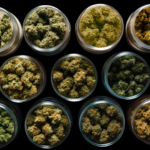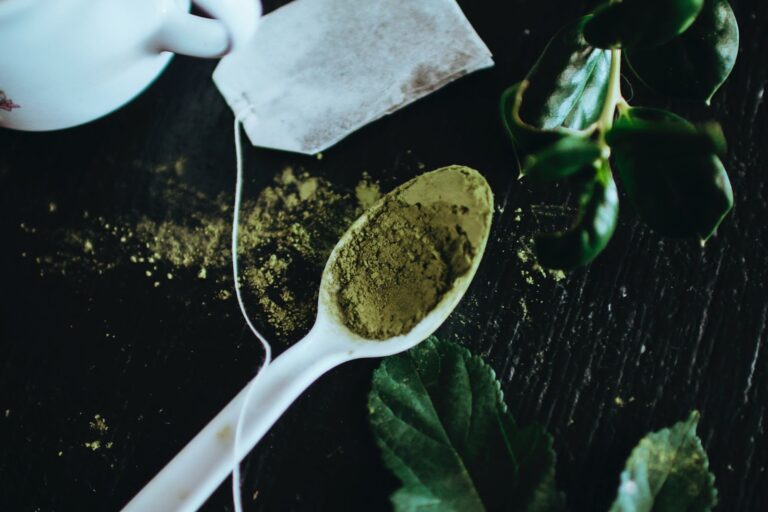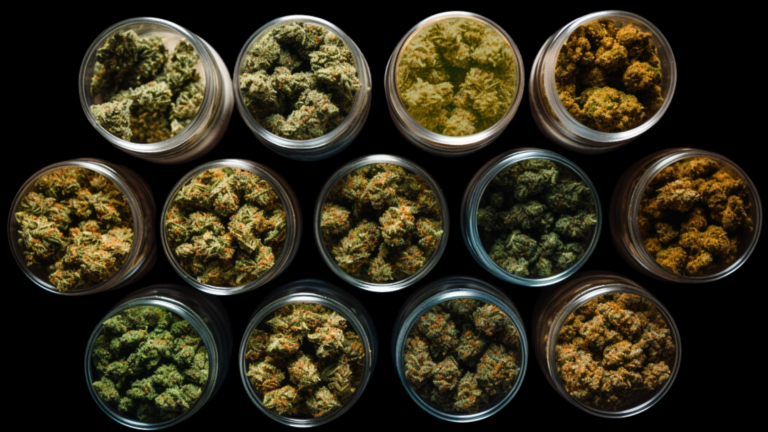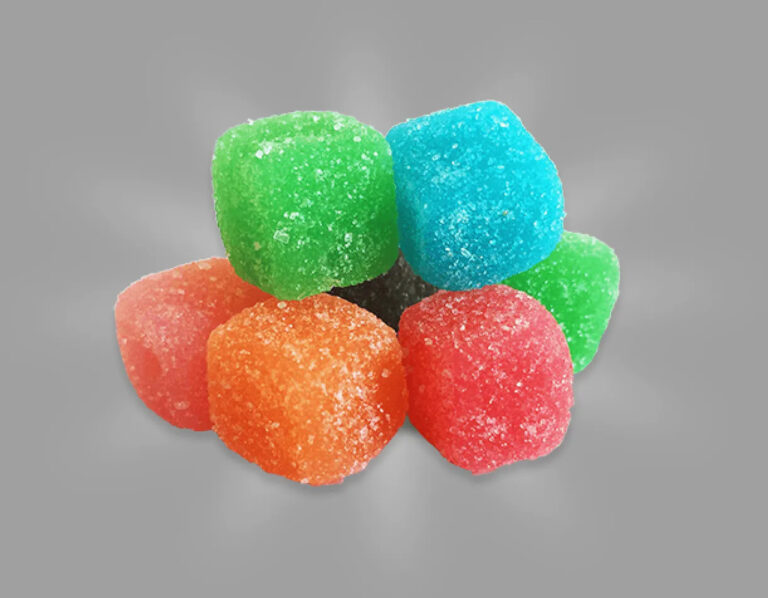Have you noticed why you can’t even touch your toes? Or perhaps, why all of your organs don’t knock inside your body when you jump? Maybe, you might be wondering, how do your muscles stick to your bones? Or you’re sad because you have cellulite?
 Well, there’s an answer to those mysteries.
Well, there’s an answer to those mysteries.
All the confusion and mysteries that circulate inside your body are called fascia (pronounced as fah-sha). However, why is that the internet is not making noise from this topic the same as the popularity of acupuncture, keto, or cryotherapy?
The reason for this topic to be put in silenced is, according to Ashley Black, a fascia therapist and the creator of fasciablaster is that fascia is often explained in narrow descriptions such as:
- “It looks like a spider web in your body.”
- “It’s the white thingy that you can found on a raw chicken breast.”
- “It is just a muscle.”
Because of these narrow descriptions, many have been misunderstood the importance of fascia. And the benefits it can give for your health and wellness objectives. However, fitness guru and experts like Ashley Black, who are fully aware of the importance of this product can make a massive difference in the health and wellness of the people.
Benefits of Making Your Fascia Healthy
Here are the following health benefits of making your fascia in good condition.
- Boost sports performance
- Reducing the visibility of cellulite and stretchmark
- Reducing the risk of injury
- Enhance blood flow that can induce quick exercise recovery
- Boost body symmetry and alignment
- Lesser daily pain
- Heals scar tissue
According to Ashley Black, fascia is your body’s essential connective tissue. It’s present from head to toe, inside and out, and interwoven the system of fibrous connective tissue that can be found throughout the body. Your fascia gives you a framework which can aid to defend individual organs, muscle group, and your entire body parts. Thus, to put it simply, fascia is present everywhere.
Quick Facts About Fascia
Fascia means a bundle or band in Latin. It is made from the body’s natural collagen. Usually, when a person’s fascia is healthy, they can able to glide, bend, twist, and slide their body parts pain-free.
- Fascia holds your entire body together
- If the fascia is healthy enough, you can be flexible
- There are four types of fascia: spinal, visceral, structural, and intersectoral. All of them are connected with each other
- Fascia is the one that links all the connective tissues like bones, tendons, blood, muscles, and ligaments.
Problems That Can Causes Unhealthy Fascia
When your fascia is poor and unhealthy, it becomes clumpy, sticky, flaky, and tight, which can form restrictions, distortions, and adhesions.
Here are the causes of unhealthy fascia:
- Sedentary lifestyle
- Stress
- Poor sleep quality
- Poor posture
- Unhealthy eating habits
- Dehydration
- Overusing your muscles
- Injuries
Also, cellulite is the common sign of an unhealthy fascia. Though cellulite is quite normal, the appearance of this unwanted wrinkled skin is from the pockets of the fat that pushes up through the connective tissue. So, if you take good care of your fascia by using a fasciablaster or through massage, the sign of cellulite will disappear.























